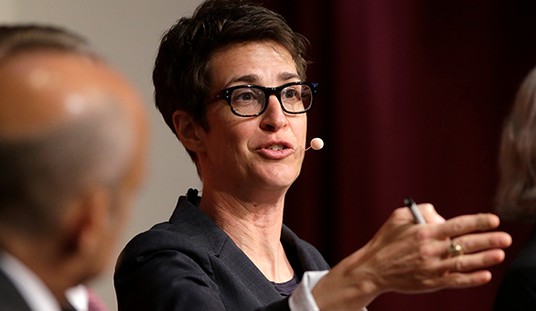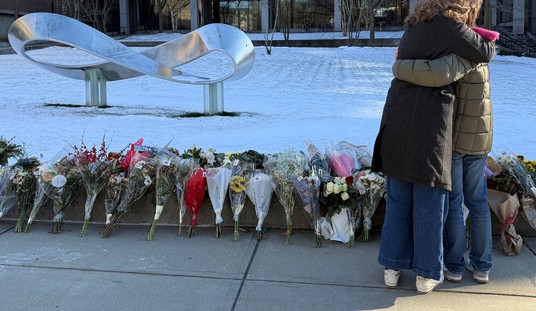The Terror Wonk knows that a journalist’s first problem in writing about anything that happens involving terror on the Indian subcontinent is to answer the question “whodunnit”? Finding the answer is rarely easy. In the Mumbai attacks “most of the speculation has focused on Lashkar-e-Toiba (LeT), although their spokesperson and the spokesperson of their political wing … have both denied their organization’s involvement.” Indeed, the Indians are pointing at LeT also, despite their avowal of innocence. “A top Indian police officer said Sunday he believed the attackers were from Lashkar-e-Taiba, long seen as a creation of the Pakistani intelligence service to help fight India in the disputed Kashmir region.” But Pakistan has denied any connection with LeT and no less than “Pakistan’s president said the terrorists who attacked India’s financial capital had no links to any government and pledged Monday to work for good relations between the two neighbors.”
So who’s lying? The reality, according to an article in India’s Institute for Defence Studies & Analysis journal is that the relationship between terror groups and the Pakistani government is no longer simple. Although the Pakistani government may have initially fostered them, these terror groups, like Frankenstein’s monster, have acquired a life of their own, driven by the crime, unemployment and social conditions of the region.
The supporting structures for the proxy war in J[ammu] & K[ashmir] … have developed their own dynamics… Since the end of the Cold War, these structures have embedded themselves deeply in the political economy of the region. The Pakistani state does not control them but merely exercises influence over them and is able to exploit them to serve its own strategic designs. … Thus, there may be a grain of truth in Gen Musharraf’s statement that the Pakistan Army is unable to stop militants from crossing the LOC. The Pakistani ruling elites are not in complete control of the supporting structures for terrorism … because of the above factors, jehad and terrorism in … are likely to continue even if the Pakistani ruling elites give assurances about the withdrawal of their support.
In other words the terror gangs have become a force unto themselves. With their money and ruthlessness, terror groups are now an established social institution. The Terror Wonk says “the extensive illicit arms trade within Pakistan which ensures that there is an endless supply of weapons, the uncontrollable sources of funding – particularly narcotics trafficking and donations both from within Pakistan and from around the world, and the tens of thousands of radical madrassas that indoctrinate Pakistani youth into radical Islam from Pakistan’s bottomless well of unemployed” have made groups like LeT much more permanent than a mere government in Islamabad. The terror groups are now as much able to manipulate the Pakistani military as vice versa. They have become so intertwined that determining where one begins and ends can be difficult.
Bill Roggio notes that both the Pakistani armed forces and a gigantic criminal/jihadi gang have been implicated in the latest attack on India. The sole surviving gunman in the Mumbai attack, Ajmal Amir Kasab has fingered the Pakistani Navy and the Dawood Ibrahim criminal network for providing assistance and training for the Mumbai assault team, according to India Today, quoting police sources.
Dawood Ibrahim turns out to be one of those supremely powerful people who very few in the West have heard of. He also typifies the interchangeable nature of crime, government and the Jihad among the Muslim communities of South Asia. According to Wikipedia, Dawood Ibrahim “was No. 4 on the Forbes’ world’s Top 10 most dreaded criminals list of 2008” and is widely believed to have been the man behind the Mumbai terror bombings of 1993. He is wanted by the United States and the United Nations and reportedly lives, unsurprisingly enough, in Karachi.
To put Ibrahim’s notoriety in perspective, the Forbes Number One criminal is Osama Bin Laden, also believed to be domiciled in those parts. Dawood’s public photographs show a man with Elvis-type lapels and suits to match. And doubtless he’s a man of some style, a kind of Islamic Bugsy Siegel in a manner of speaking. US News and World Report described him in the following way:
He is a calm and quiet man, say those who know him, even when he’s threatening your life. The boss of India’s top syndicate controls a criminal network that reaches into 14 countries, with a small army of contract killers, smugglers, and extortionists at his command. But there is another side to Dawood Ibrahim. The Muslim exile from Bombay has thrown in his lot with al Qaeda and other jihadists, according to the U.S. and Indian governments, and has become one of the world’s most wanted terrorists.
One of eight sons of a struggling policeman, Dawood started off as a petty crook but soon formed his own gang and gradually eliminated his rivals among the city’s traditional crime bosses, say Bombay police. By the 1980s, his gang, D Company, had become Bombay’s most powerful, drawing its strength from the city’s minority Muslims. The syndicate grew rich smuggling black-market gold and consumer goods into India’s closed economy and forced its way into the country’s sizzling Bollywood film industry. …
Dawood’s men ran high-stakes gambling rings, fixed cricket matches, and threw lavish parties where Indian actors and sports stars mixed with Arab emirs. Dawood pushed his syndicate into narcotics and arms trafficking, construction, real estate, and hawala, the underground bankers who move millions of dollars around the world each day with barely a trace. “It’s like a corporation of the underworld,” says Dhananjay Kamalakar, who oversees the Bombay police’s organized-crime unit. “There are monthly salaries for foot soldiers, legal defenses for those arrested, and extra pay for contract killers.
Westerners who are accustomed to neat distinctions between a government and criminal syndicates and between syndicates and religious terror organizations, may find the boundaries blurred inside Pakistan. Bill Roggio notes that the gunmen who terrorized Mumbai may have had confederates in the city. Who better to provide that than Dawood Ibrahim? He also reports that signals intelligence suggests that LeT may be mixed up in the Bombay attack:
Indian intelligence has identified additional links to Pakistan and the Lashkar-e-Taiba. An “intercepted conversation between Muzammil, Muzaffarabad chief of LeT (Lashkar-e-Taiba) operations, and a certain Yahya in Bangladesh,” showed a direct link in the Mumbai attacks, The Times of India reported. “Yahya arranged SIM cards, fake ID-cards primarily from western countries like Mauritius, UK, US, Australia.” Phone numbers on the satellite phone found the hijacked Indian fishing boat show calls were made to Zakir Ur Rehman, a Lashkar-e-Taiba training chief based in Karachi.
But the information is not necessarily contradictory. Perhaps the Mumbai operation is an intersection of several organizations. If so the specific name of the perpetrator may matter less than we think. Terrorism, crime and religious fanaticism have become a way of life in parts of the subcontinent. Maybe the real question is not who, as the Terror Wonk seems to think, but what now?
[youtube eb2Pdmf1rk8]










Join the conversation as a VIP Member